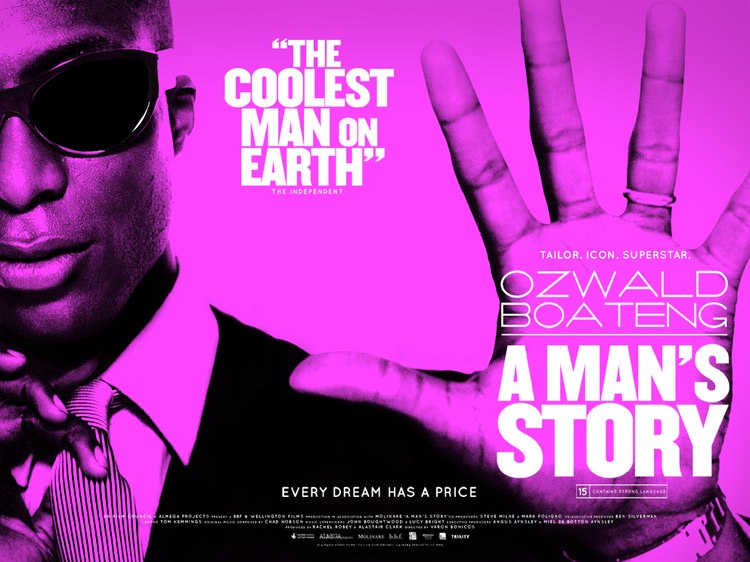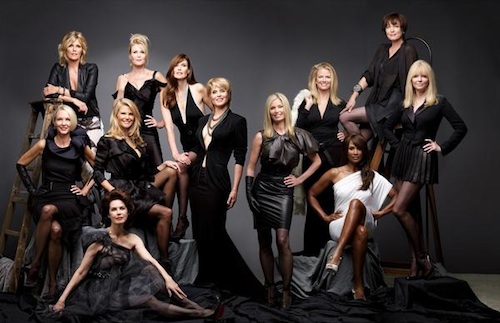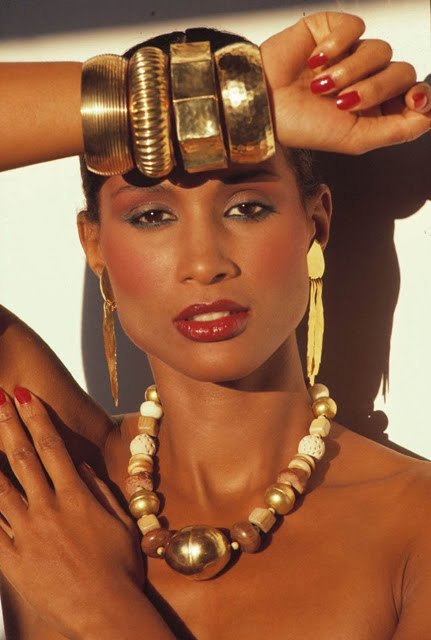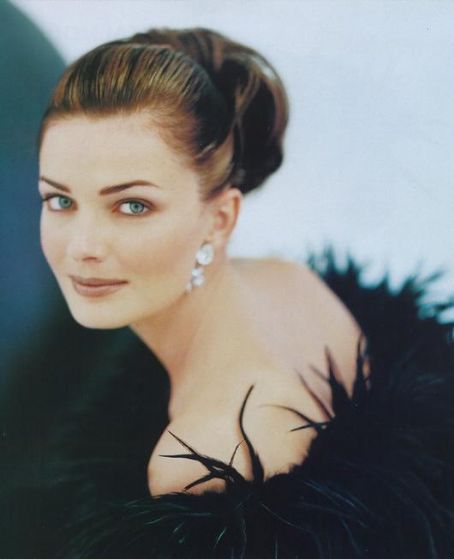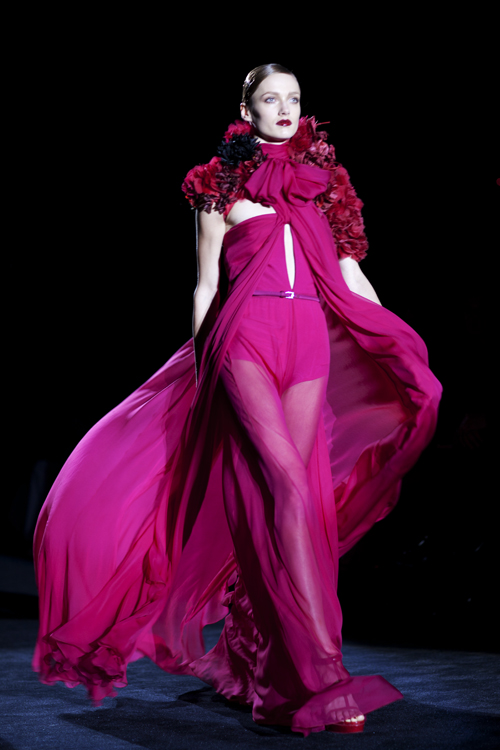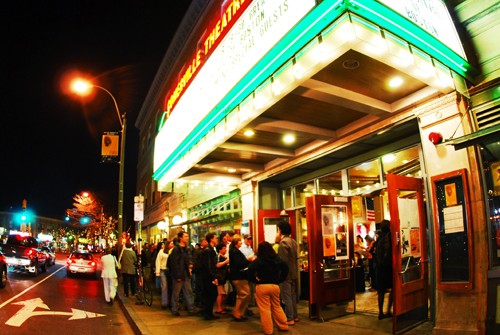[Editor’s Note: the article below appears today at The Huffington Post.]
By Govindini Murty & Jason Apuzzo. During his meteoric career, Ozwald Boateng’s been called the coolest man on Earth, and the fashion world’s best-kept secret. Yet the candid new documentary A Man’s Story, opening this weekend in New York and Los Angeles, makes certain that the British fashion designer and style icon no longer remains a secret.
In a career already spanning two decades, the 45 year-old Boateng has outfitted celebrities from Will Smith to Russell Crowe, from Jamie Foxx to Mick Jagger. At age 28, he became the youngest tailor – and the first of African descent – to open a store on London’s legendary Savile Row. Boateng’s also designed menswear for Givenchy and bespoke costumes for films like The Matrix and Ocean’s Thirteen, and he’s even been the subject of his own Sundance Channel TV series, House of Boateng. He’s also the recipient of an OBE (Order of the British Empire) for his contributions to the clothing industry.
Throughout all this, however, Boateng’s private side – such as his quiet struggles in the rarified world of British fashion, or his efforts to foster entrepreneurial investment in Africa – have taken a back seat in public to his style innovations.
Director Varon Bonicos’ new documentary, A Man’s Story – for which Bonicos filmed Boateng from 1998 through 2010 – reveals much about Boateng’s personal life: from the challenges of growing up as a young man of African descent in London of the ’70s and ’80s, to the abiding influence of his father on his life and career. The result is a warm and often poignant film that humanizes Boateng, while doing full justice to the glamorous place he occupies in the world of men’s fashion.
We spoke with Ozwald Boateng and Varon Bonicos in Los Angeles, where they are promoting A Man’s Story. The interview has been edited for length.
GM: What is your passion for film – and in particular, how are you inspired by the intersection of film and fashion?
OB: Film has always been a really good tool for me to communicate emotion about why I create a collection. I’m probably one of the first designers to make short films. The first time I did it was back in 1994. The invite for my first fashion show was a VHS cassette. And it kind of became part of the language of my designing collections – I was always putting together short films.
Apart from that, I think fashion designers are directors anyway. We spend a year designing a collection for a fashion show that lasts maybe fifteen minutes. We have to design the look of the catwalk, cast the model for each look, work up the sound, the lighting – it’s a lot of work that goes into that fifteen minutes.
JA: Film has been so important in terms of influencing men’s style, men’s self-perceptions. I was curious whether there were film icons, movie stars who have influenced your sense of style?
OB: Sean Connery, of course, since I was a kid – you know, James Bond. Or The Thomas Crown Affair – you can’t beat those three piece suits. The Italian Job with Michael Caine – again the suits. If you’re a designer, there’s got to be some films that you’ve seen that have inspired you creatively. There’s no escaping that. Film is such a very good tool for communicating emotions, and all designers and creative people look to inspire an emotional response.
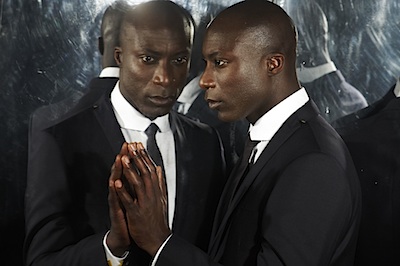
JA: You mention Connery and Bond, and he was so crucial in selling the Savile Row style here in the States.
OB: Absolutely.
JA: You yourself have become an icon on behalf of that style. Was that something you planned from the outset as a designer – to be so out front selling the look yourself?
OB: No, actually, I tried to stay out of it. In the early years, it was because I was a very young guy working in a very old discipline – so really, that’s tough to begin with. And then I was trying to do it in a very modern way – so again, that’s tough. Add me, visually, into the mix of all that, and that just complicates things. So for the first few years, I didn’t let anyone take any pictures of me. Basically, a lot of people had no idea what I looked like. And because my name did not necessarily sound African, a lot of people … just thought I was some kind of middle aged white guy [laughs]. So no-one actually knew what I looked like, and that was the best thing – because it allowed everyone to focus on the work. Continue reading LFM’s Govindini Murty & Jason Apuzzo at The Huffington Post: A Conversation With Fashion Icon Ozwald Boateng on Style, Africa, and His New Film A Man’s Story
